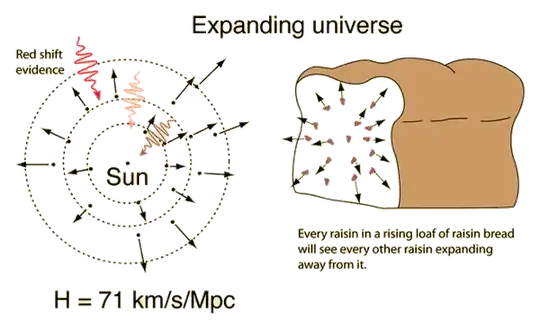Your intuition is correct. There is no particular reason to assume any given region of space is not expanding, based on present data. However, measuring this on small scales is difficult. If we assume a very simplified version of expansion, we can get a numeric value for the expansion rate: $74.2 \frac{km/s}{MPc}$. Thus, a galaxy 10Mpc away from us would be moving away from us at 742km/s due to the expansion of space.
Andromeda is 0.66Mpc away from Earth. This means we might expect to see a mere 49km/s of movement due to the expansion of space. Given its apparent velocity away from us at 301km/s, this is measurable.
The nearest star, Alpha Centauri A is 0.000001339Mpc away from Earth. This means we might expect to see a 0.000099km/s (009.9cm/s) movement due to the expansion of the universe. Alpha Centauri is heading away from us at 18.6km/s (or 1860000cm/s). That's quite a brutal measurement to have to take!
The distance between us and the sun is 150 million kilometers, which is roughly 0.000000000004848 Mpc. Thus expansion of space between us and the sun could be expected to account for 0.0000000003597216km/s (359nm/s). For all intents and purposes, that velocity can be ignored in any meaningful calculation.
Now all of these assumed a very simple linear model for the expansion of space, but its sufficient to show just how insignificant the effects are no small scales. It's not that space isn't expanding everywhere, its that the effect is substantially overwhelmed by every other force out there, so we get away with not paying attention to it when making predictions.
Heck, for all we know, the expansion terms might even change as things get small. Its entirely possible that this simplified first order model isn't even a good model on the small scale. However, it shows just how substantial the higher order terms would have to be before we detected any effect at all from them.
